
Ever think about whether your cat was doing something weird… when they were actually speaking “I love you” to you? Not every feline love is in the language of tail wags and face licks. In fact, cats hold a whole hidden language of love that may go right past you if you don’t know what to look for.
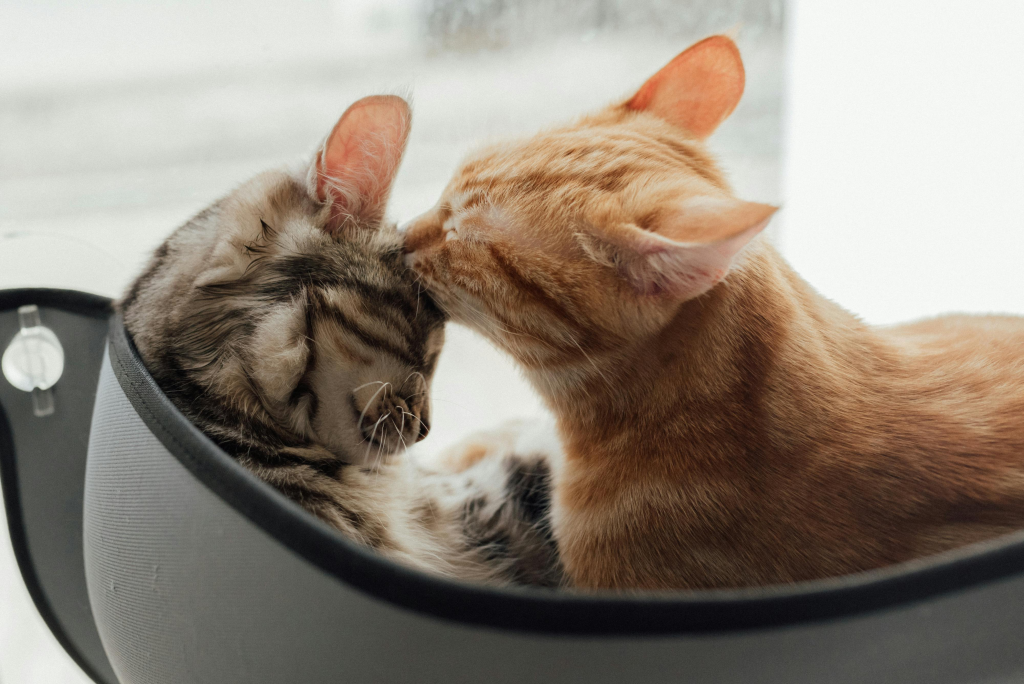
While dogs are prone to wearing their hearts on their paws, cats are not as demonstrative sometimes maddeningly so. But when you understand what’s driving these quirky behaviors, you’ll start seeing love all around: in a swish of the tail, a gentle head rub, even in that dead mouse on your front doorstep. Here’s the scoop on the strange-but-sweet ways cats demonstrate affection, according to animal behaviorists and cat experts.
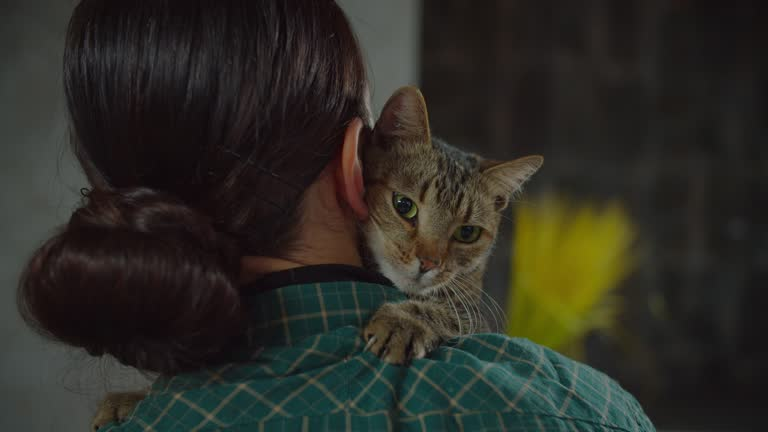
1. The Gentle Headbump
When a cat approaches and gently bumps heads with someone, don’t believe it’s coincidental. Cats do this bunting as a means of depositing scent from glands on the head as a means of marking a trusted friend as being part of the inner circle. As feline behaviorist Marilyn Krieger explains it, it’s a ceremony of bonding normally reserved for members of a cat’s “colony.” The gentle pressure is less force and more hold-an-comfort an unwritten message that says, “You’re mine, and I’m yours.”
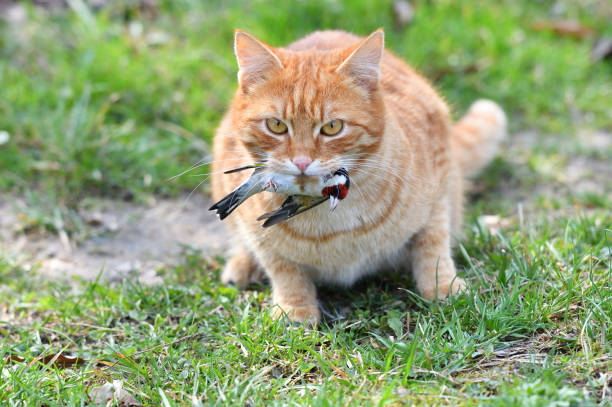
2. The Gift You Didn’t Want
That “gift” of dead mouse or bird isn’t about poor table manners it’s instinct. As Dr. Stephanie Liff illustrates, cats are predators in nature, and bringing home prey is also a maternal inclination. Mother cats train and feed kittens by showing caught prey in the wild. If a cat does the same for a human, they might think of them as an inexperienced member of their family who requires nurturing. Others describe cats also bringing prey home because it’s their food safe haven to store. Either way, it’s a sign they feel comfortable and bonded to their person.
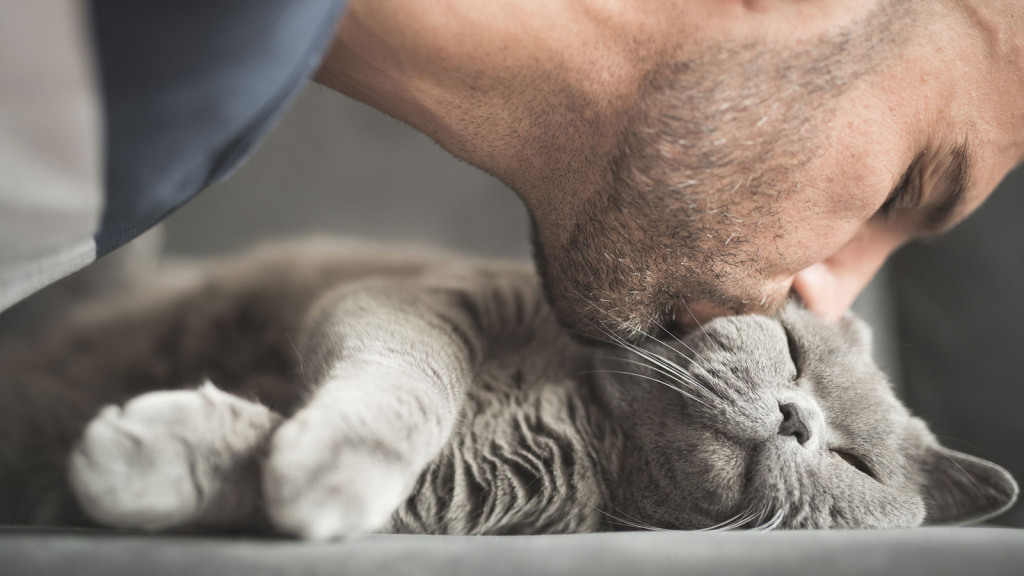
3. The Slow Blink
Studies in animal behavior show that a slow, reflective blink from a cat is one of the most definite indicators of trust. As the University of Sussex found, cats are more likely to return a slow blink to people who introduce it. Closing their eyes for a moment leaves them vulnerable so when they do it in your presence, it’s a cat “I love you.” Specialists recommend giving the compliment back: relax your eyelids, slowly close your eyes, hesitate, then open them. It’s an astonishingly effective bonding technique.
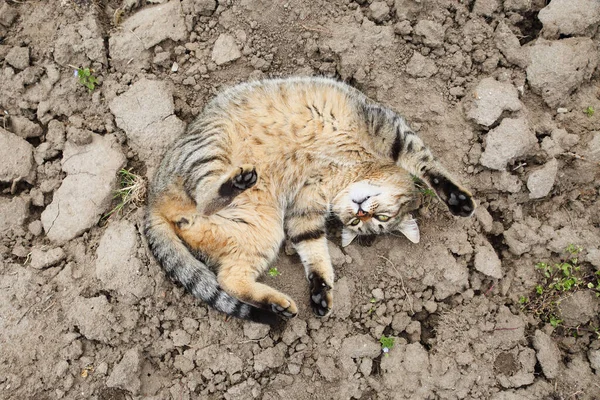
4. The Belly Reveal
The gesture of a cat rolling over to expose their belly is not always a signal to pet it it’s a trust test. The tummy is the most vulnerable spot on a cat’s body, so to expose it is to feel utterly at ease. Some cats don’t desire to be touched there, so respecting that will maintain the trust. Imagine them as having said, “I am relaxed enough to let my guard down with you,” not “pet me here, please.”
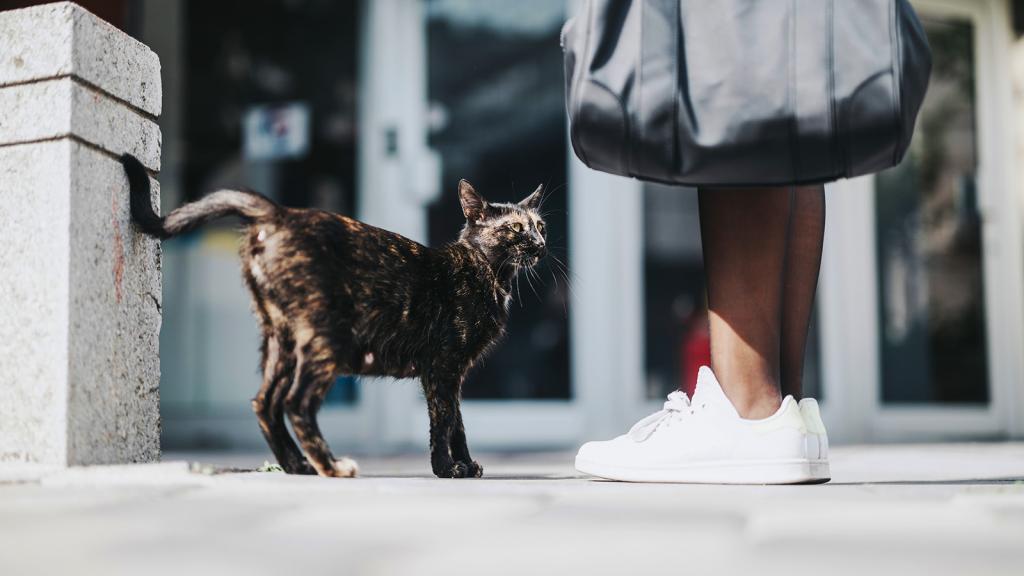
5. The Ever-Present Shadow
If a cat follows somebody from room to room, circling between their legs, it’s not curiosity. Cats follow the people they trust and enjoy being near, even if they don’t want something tangible like food. Shadowing is a quiet form of companionship proof that they feel safe being around a human and want to stay attached.
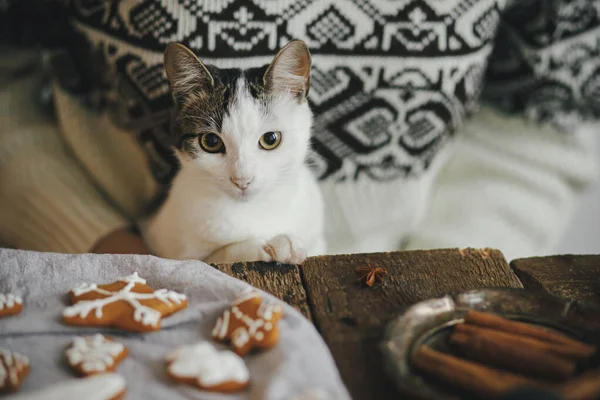
6. The Kneading Ritual
That rhythmic pouncing of paws into a lap or blanket, commonly referred to as “making biscuits,” is a kittenhood holdover. Kittens knead their mother in order to trigger milk flow, and adult cats bring the habit into adulthood as a comforting behavior. It’s associated with happiness and with the release of endorphins. When a cat kneads upon a person, they’re linking them to warmth, security, and comfort.
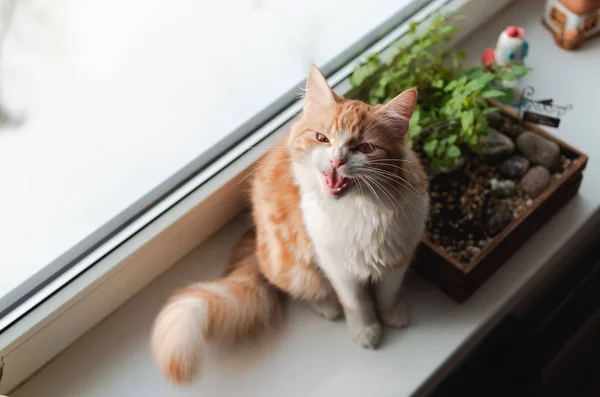
7. The Tail Tip Twitch
A cat’s tail is a mood barometer. While a lashing tail can mean irritation, a gentle twitch at the tip especially when the cat is close is a subtle sign of affection. According to feline specialists, an upright tail with a slight hook or quiver often signals happiness and a warm greeting. It’s one of those blink-and-you-miss-it gestures that, once noticed, becomes a heart-melting part of daily interactions.
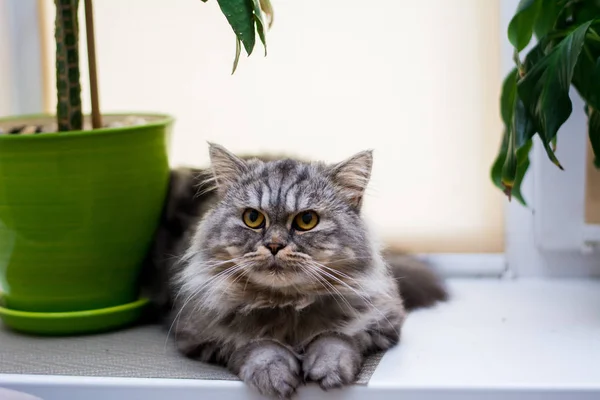
Cats don’t shout their love from rooftops, but they integrate it into countless small details many of which look strange until you know what they mean. To decipher them is to turn everyday interactions moments of connection, deepening the human-feline bond. The next time your cat slowly blinks, head-butts, or twitches their tail just so, you’ll know: it’s love, with a mysterious twist.


